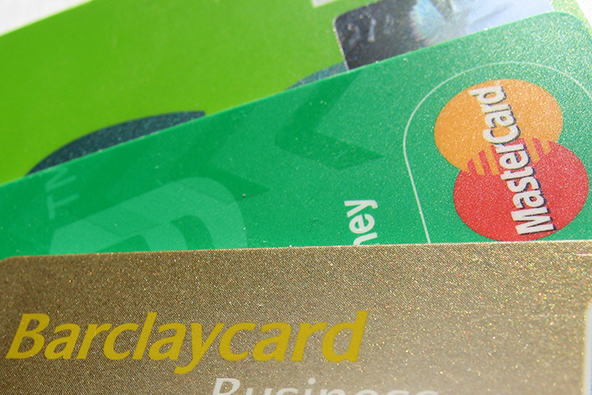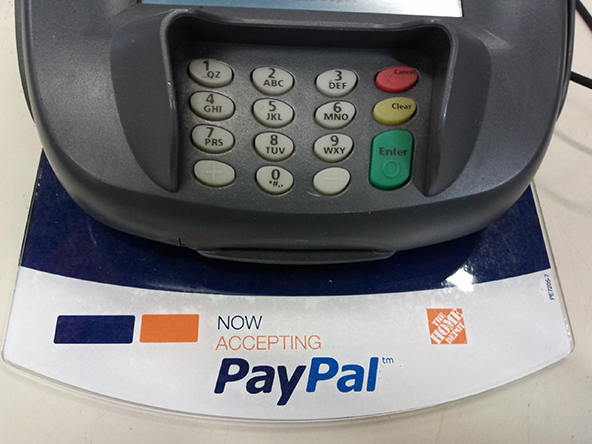MasterCard’s Excessive Chargeback Program

MasterCard’s Excessive Chargeback Program (ECP) sets the rules that all acquiring banks (also called acquirers or processors) must comply with in their efforts to monitor the chargeback performance of their merchants and to determine when a merchant has exceeded or is likely to exceed monthly chargeback thresholds.
Reporting Requirements
The ECP requires processors to calculate and report to MasterCard, for each calendar month, the chargeback-to-transaction ratio (CTR) for each of its merchants.?áCTR is the number of chargebacks received by the acquirer for a merchant in a calendar month divided by the number of the merchant’s sales transactions in the preceding month acquired by that acquirer, calculated in basis points (a CTR of 1% equals 100 basis points).
Each calendar month, an acquirer must submit to MasterCard a separate Chargeback-Monitored Merchant (CMM) report for each of its merchants that qualifies as a CMM for the previous calendar month. CMM is a merchant that has a CTR in excess of 50 basis points and at least 50 chargebacks in a calendar month.?áMasterCard assesses processors a reporting fee of $50 for each CMM report submitted. A failure to submit a CMM report may cost an acquirer up to $5,000 for each month that a specific CMM report is overdue.
A merchant becomes an Excessive Chargeback Merchant (ECM) if in each of two consecutive calendar months (the “trigger months”), the merchant has a minimum CTR of 100 basis points and at least 50 chargebacks in each month.?áThis designation is maintained until the ECM’s CTR is below 100 basis points for two consecutive months.
Within 30 days of the end of the second trigger month, and on a monthly basis thereafter, the acquirer must submit a separate ECM report for each of its ECMs (in lieu of a CMM report) until that ECM’s CTR is below 100 basis points for two consecutive months.?áThe acquirer also must provide a copy of the ECM report to the specific ECM merchant.?áMasterCard assesses processors a reporting fee of $300 for each ECM report submitted. A failure to submit an ECM report may cost an acquirer up to $500 per day for the first 15 days that a specific ECM report is overdue and up to $1,000 per day thereafter until the report is submitted.
Assessments
In addition to any applicable assessments for CMM reports, ECM reports, or late report submissions, MasterCard may assess the acquirer for issuer reimbursement fees and violation assessments for excessive chargebacks arising from an ECM.
- ECP Assessment Calculation. MasterCard determines an acquirer’s liability for the monthly issuer reimbursement fees and assessments for each ECM as set forth below.
- Calculate the CTR for each calendar month that the ECM exceeded a CTR of 100 basis points (which may also be expressed as 1% or 0.01).
- From the total number of chargebacks in the above CTR calculation, subtract the number of chargebacks that account for the first 100 basis points of the CTR. (This amount is equivalent to 1% of the number of monthly sales transactions used to calculate the CTR.) The result is the number of chargebacks above the threshold of 100 basis points.
- Multiply the result from step 2 by $25. This is the issuer reimbursement.
- Adjust the result in step 3 to reflect the extent that the acquirer has exceeded the 100 basis points threshold by multiplying the value in step 3 by the CTR (expressed as basis points). Divide this result by 100.?áThis amount is the violation assessment.
Repeat steps 1 – 4 for each calendar month that the ECM exceeded a CTR of 100 basis points or 1%.
Example: The acquirer for merchant ABC acquired MasterCard sales transactions and chargebacks over a six-month period as follows:Month January February March April May June July Sales Transaction 95,665 95,460 95,561 95,867 95,255 95,889 95,758 Chargebacks 720 1,003 1,301 1,256 1,175 923 824 CTR in basis points – 105 136 131 123 97 86
In the example above, February and March are the trigger months, as these are two consecutive months where the CTR exceeded 100 basis points.?áAt the end of July, merchant ABC was no longer an ECM as its CTR was below 100 basis points for two consecutive months.?áMasterCard calculates assessments and issuer reimbursements for each ECM month (February through July). The assessment for April, (using March sales transactions and April chargeback volumes) is calculated as follows:- The CTR = April chargebacks / March sales transactions = 1,256 / 95,561 = 0.01314 or 131 basis points (rounded).
- The number of chargebacks in excess of the 100 basis points is determined by subtracting 1% of the March sales transactions from the number of April chargebacks.?áOne percent of the March sales transactions [95,561 x 0.01] is 956.?á1256 – 956 = 300 chargebacks.
- The issuer reimbursement for April is 300 x $25 = $7,500.
- The violation assessment is ($7,500 x 131) / 100 or 985,500 / 100 = $9,825.
Using this methodology for each ECM month, the issuer reimbursement fees and assessments for the acquirer for merchant ABC are as follows:Month Issuer Reimbursement Assessment Total February $1,150 $1,208 $2,358 March $8,650 $11,764 $20,414 April $7,500 $9,825 $17,325 May $5,400 $6,642 $12,042 June 0 0 0 July 0 0 0 Total $22,700 $29,439 $52,139
Image credit: HD.org.



Does CMM apply only for domestic sales/acquirers/processors or does this apply internationally as well
Hello,
This post reviews MasterCard’s U.S. MasterCard’s Excessive Chargeback Program. I am not a specialist on MasterCard Worldwide’s rules. I do know that there are differences, though. For example, MasterCard Worldwide has a chargeback threshold of 200 basis points for a merchant to fall into the Excessive Chargeback Merchant (ECM) category, rather than 100 basis points as it is in the U.S. However, I do not know for certain what MasterCard Worldwide’s CMM threshold is.